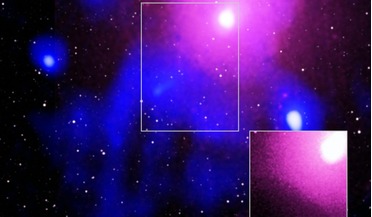 28 February 2020
Record-breaking black hole eruption detected by astronomers
28 February 2020
Record-breaking black hole eruption detected by astronomers
... Big Bang has been spotted by astronomers studying a supermassive black hole at the centre of a galaxy hundreds of millions of ...thought to result from the feeding habits of the supermassive black hole that sits at the core of the cluster’s central ...
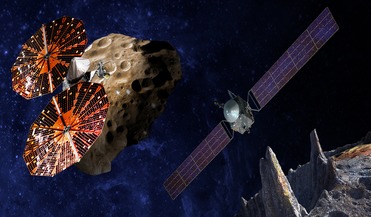 06 January 2017
NASA selects three new missions to study the early solar system and energetic X-rays from black holes
06 January 2017
NASA selects three new missions to study the early solar system and energetic X-rays from black holes
... of $188 million, IXPE will look at the turbulent and extreme environments of phenomena such as stellar and supermassive black holes, neutron stars and pulsars. The one thing these objects have in common is an abundance of high energy X-ray...
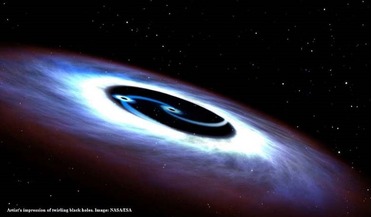 31 August 2015
Markarian 231 quasar built around two twirling black holes
31 August 2015
Markarian 231 quasar built around two twirling black holes
..., located 600 million light years away from Earth, suggests that a quasar in it is actually the product of two black holes, of vast difference in size, that perform a peculiar gravitational twirl around each other. Based on Hubble data, which...
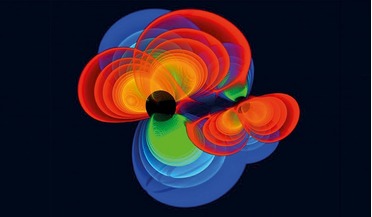 April 2019
LISA Pathfinder – paving the way for future studies of the gravitational universe
April 2019
LISA Pathfinder – paving the way for future studies of the gravitational universe
... ripples in the curvature of space-time produced by accelerations of massive celestial bodies such as orbiting pairs of black holes, compact binaries or other astrophysical objects. Albert Einstein postulated the existence of gravitational waves from...
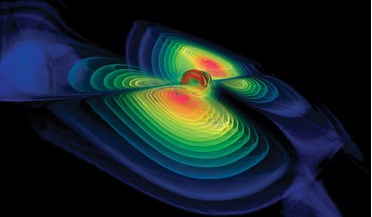 March 2016
Gravitational waves provide new window on the universe
March 2016
Gravitational waves provide new window on the universe
... small The final technique is called ringdown, which corresponds to changes in the resulting single black hole and can be calculated by using the black hole perturbation theory. In total 50 million CPU hours were used to work on this event, which...
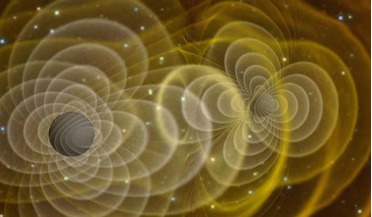 12 February 2016
A scientific breakthrough as gravitational waves detected for the first time
12 February 2016
A scientific breakthrough as gravitational waves detected for the first time
... masses of ~36 and ~29 times greater than the mass of our Sun and while numerous black hole candidates have now been identified, black hole mergers have not previously been observed. “This is transformational,” said Prof Alberto Vecchio, of the...